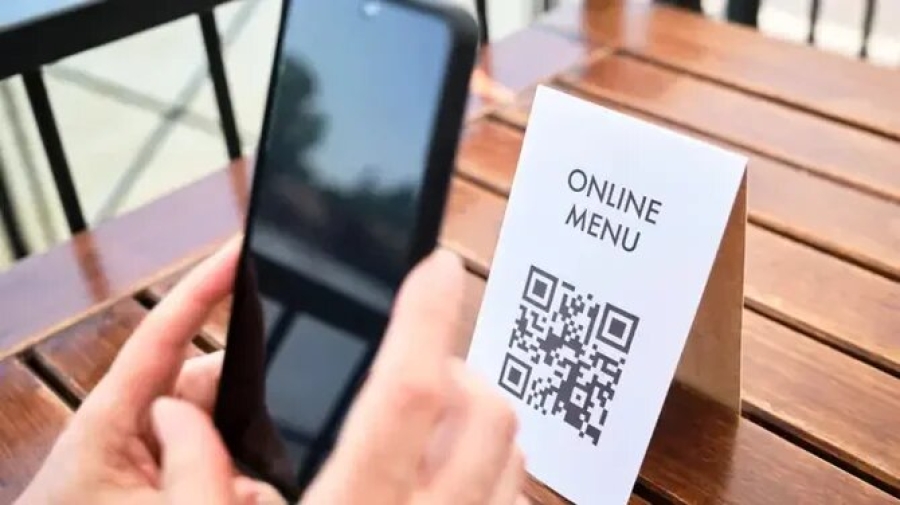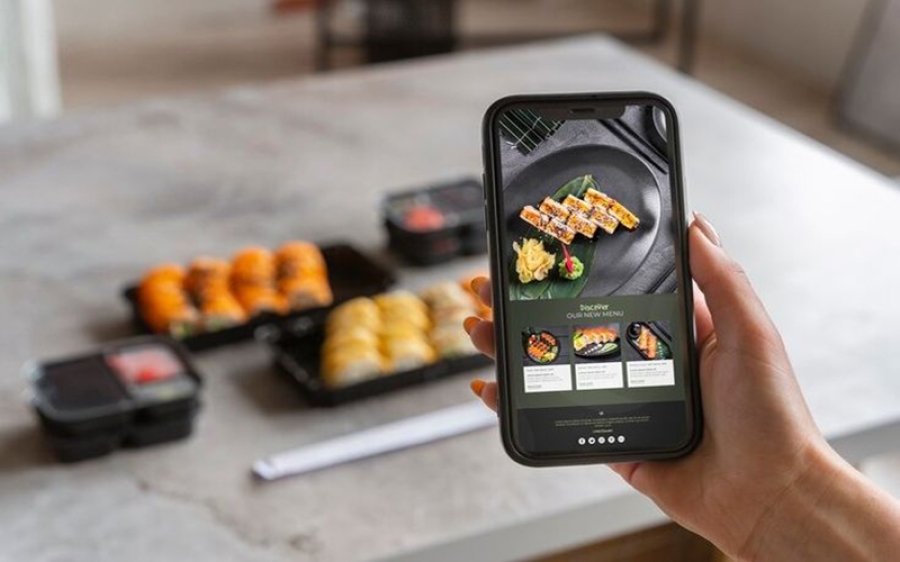Restaurant QR Codes: Enhancing or Hindering the Dining experience
The integration of QR code menus in restaurants has sparked a debate on whether they enhance or hinder the dining experience. This discussion is multifaceted, with arguments on both sides based on customer and business perspectives. Here's a comprehensive analysis of the impact of QR code menus on the dining experience, drawing from the provided sources:
Enhancing the Dining Experience
Contactless and Safe Dining: QR code menus offer a contactless solution, aligning with health and safety guidelines during the pandemic. This minimizes the risk of virus transmission, ensuring a safer dining environment .
Efficient Workflow for Staff: QR code menus streamline the ordering process, allowing staff to focus on providing excellent service rather than managing physical menus. This efficiency can lead to a smoother dining experience for customers .
Dynamic Menu Modifications: The ability to make real-time edits to the menu without reprinting eliminates the need for costly updates. This flexibility allows restaurants to adjust menu items, prices, and other details seamlessly, enhancing the dining experience by offering up-to-date information .
Increased Engagement: QR code menus can include interactive elements, such as videos or 360-degree images of dishes, making the dining experience more engaging and visually appealing .
Loyalty Programs and Special Offers: Integrating QR code menus with loyalty programs and special offers can enhance the dining experience by offering exclusive benefits to customers. This personalization can increase customer satisfaction and loyalty .
Hindering the Dining Experience
Intrusive and Distracting: Some customers view QR code menus as intrusive, disrupting the social experience of eating out. The need to pull out phones to scan codes can be seen as a distraction from conversing with dining companions .
Difficulty of Use: QR codes can be challenging for older generations or those not tech-savvy, who may struggle with scanning or using online menus on small screens. This can detract from the dining experience for a portion of the customer base .
Privacy and Data Collection Concerns: The ability of QR menus to collect customer data raises privacy concerns. Regular scanning could allow profiling of purchase histories and locations, potentially breaking customer trust in establishments .
Lower Spending Per Table: The use of QR codes may negatively impact restaurant revenues by removing the opportunity for servers to make additional recommendations that could increase spend. Research shows diners typically spend more when items are recommended by servers, and the lack of personal interaction with QR codes alone could lead to lower average bills per guest .
Higher Costs Without Improved Customer Experience: Some restaurants have reported higher costs associated with QR code menus without a corresponding improvement in the customer experience. This suggests that the benefits may not always outweigh the costs for all establishments .
Conclusion
The impact of QR code menus on the dining experience is nuanced, with both enhancing and hindering factors at play. While QR code menus offer benefits such as contactless dining, efficient workflow, and dynamic menu modifications, they also present challenges like intrusiveness, difficulty of use, privacy concerns, and potential impacts on spending. Restaurants must carefully consider these factors when deciding to implement QR code menus, balancing the need for health and safety measures with the desire to enhance the dining experience for all customers.








